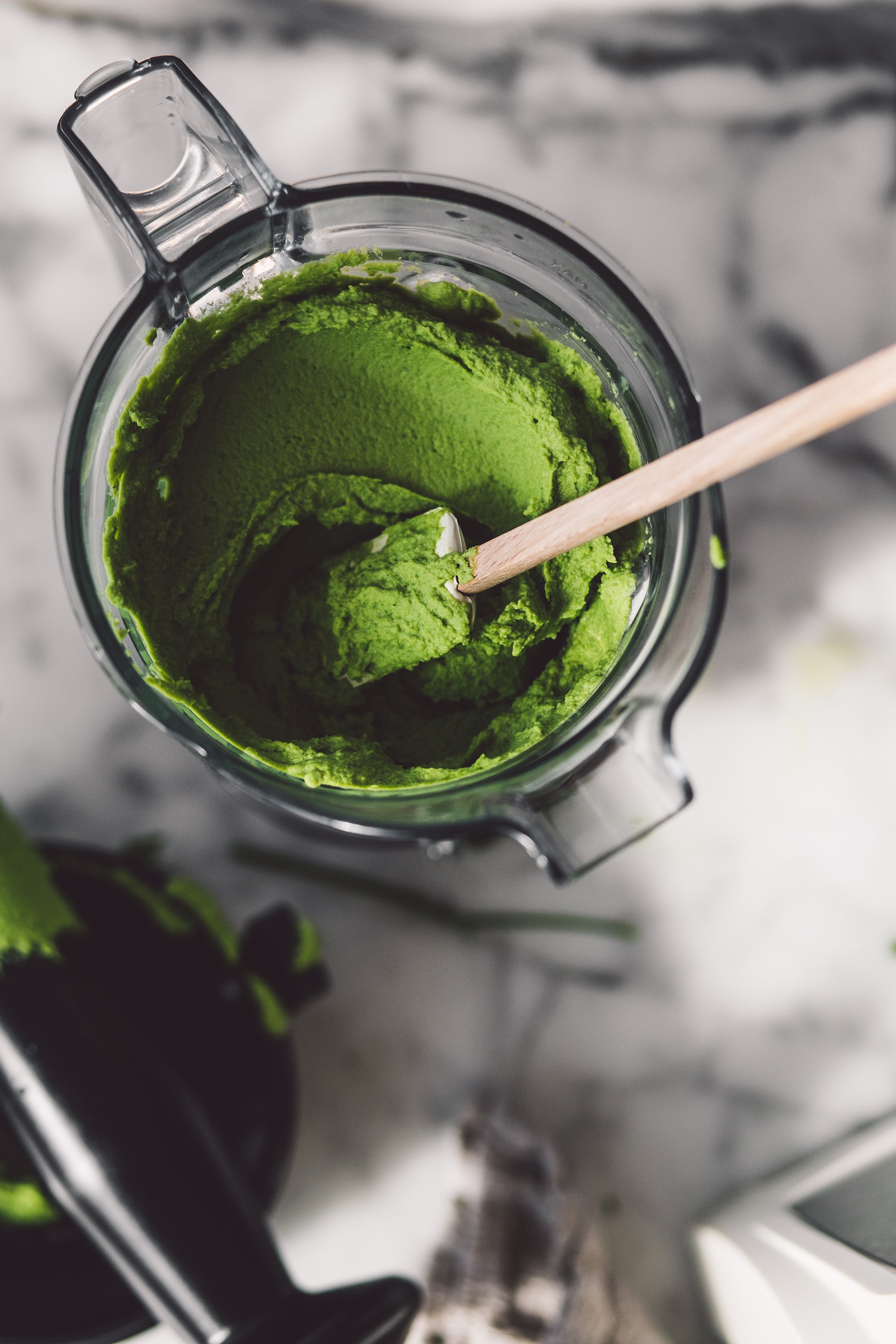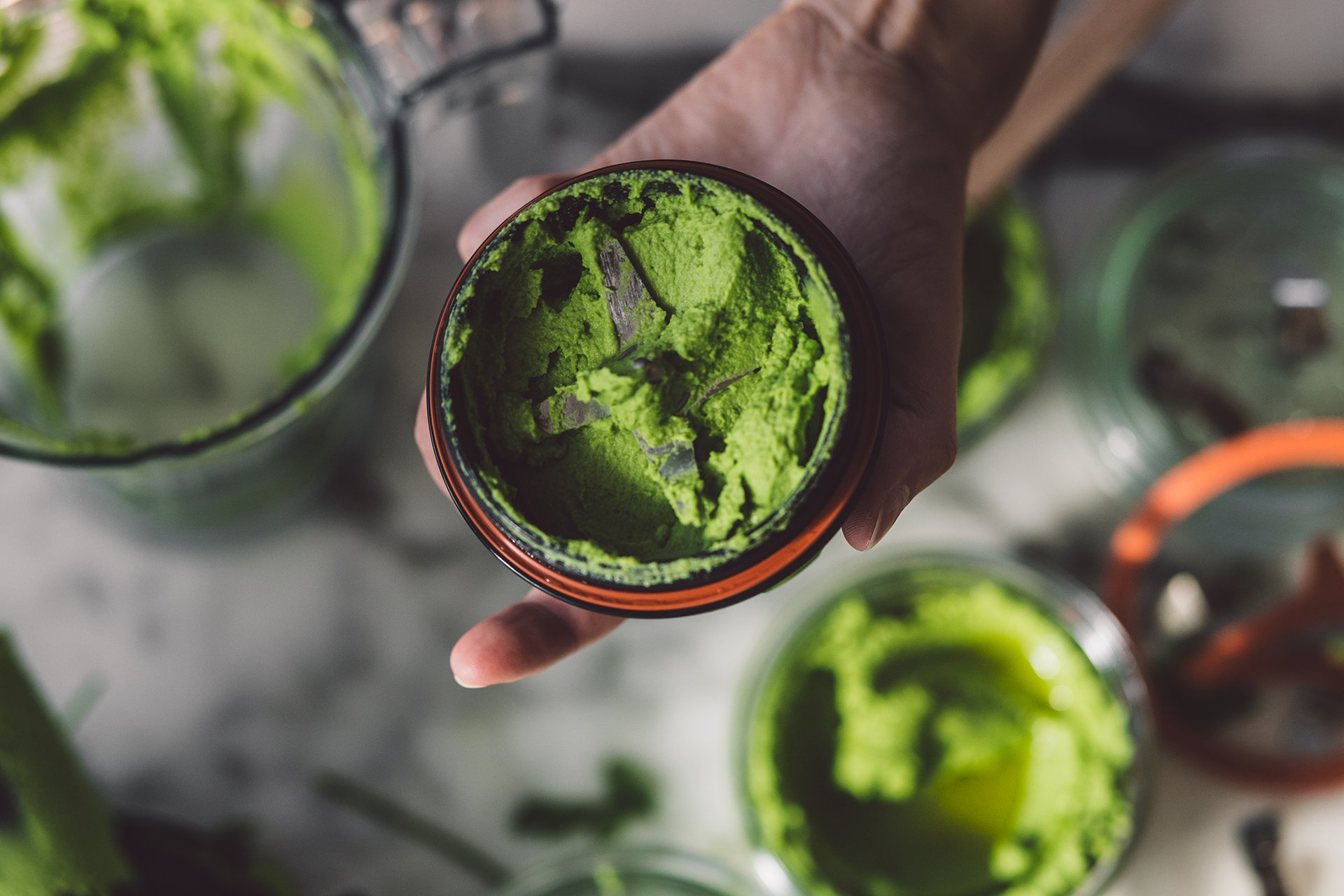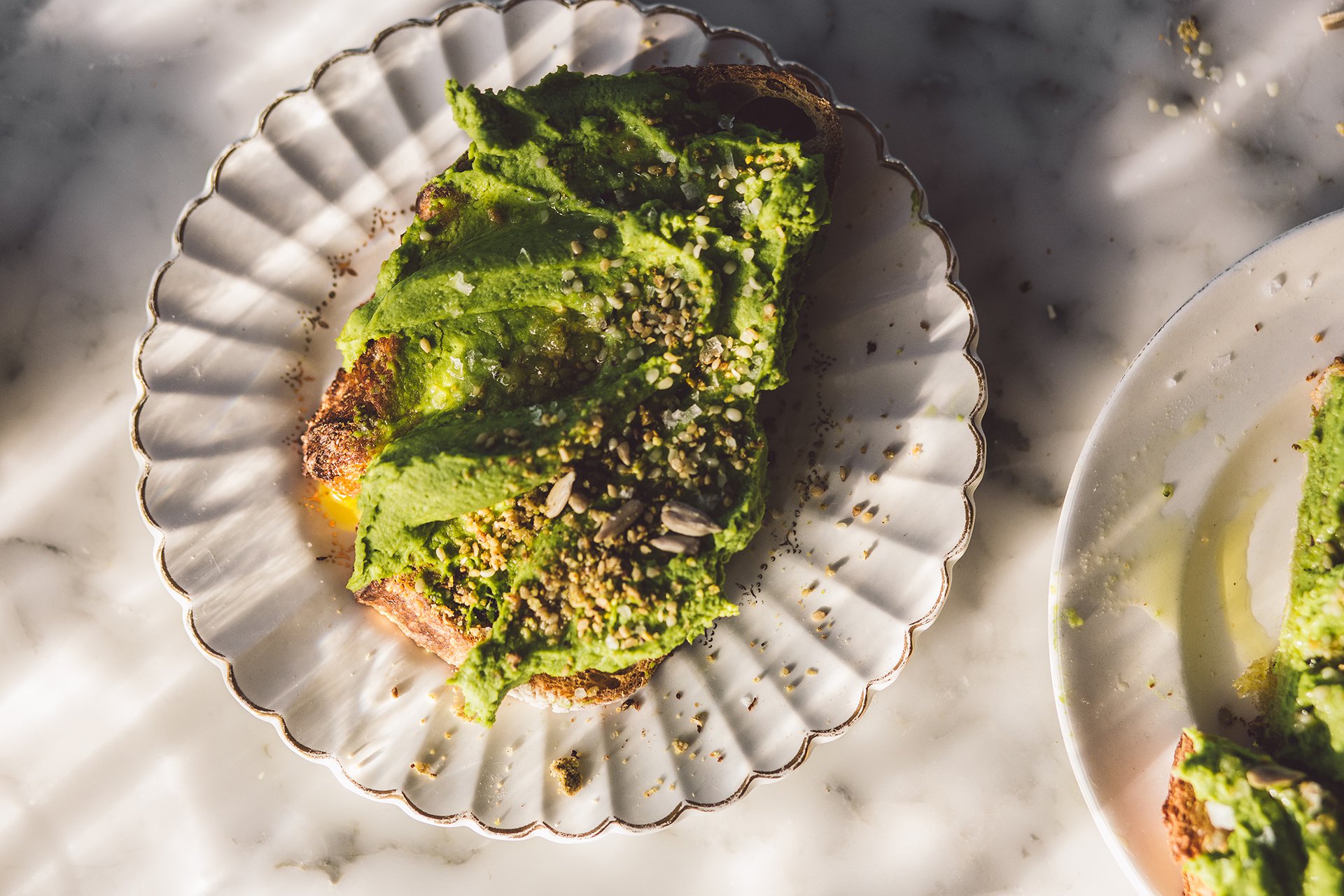Pea hummus, a variation on a theme
If you were a purist pea is either a modern adaptation of a classic or the bastardisation of one. Either way, this is good, no it won’t replace avocado on toast but it isn’t supposed to. This is for when the avocado season is done, $6 per avocado done. But peas are great, highly underrated, to me peas are an acceptable source of protein, 6.8 grams per cup. I eat peas often. This resultant recipe was my attempt to find alternate ways to consume peas, this and the pea soup, both easy, both wonderful without sacrificing anything. Preparing your chickpeas from scratch; soaked and properly simmered on the stovetop one evening is far more economical, if time allows, or if you are purist. That said, canned is still going to be great and you’re already avoiding single-use plastic containers. One thing at a time. These photos were shot and styled in about 15 minutes, we had just received our bread delivery, and so this pea hummus was lunch. And we were hungry. We prepared toast, photographed toast and ate. I would have otherwise paired this hummus with homemade pita but those are for the weekend, and this was a Tuesday.
A review of the Vitamix S30 Space Saving Blender
The Vitamix S30 is not an ‘expensive’ version of the Nutra Bullet, it neither a compact version of the Vitamix 750 Professional Series, the latter of which I personally own. It is as I recommended it to Amandine; a quality build, designed for performance that is going to blend everything you would possibly want to make, dips, hummus - all the hummus, our favourite mac and cheese sauce and then of course smoothies, coconut milk — any milk and if you have the patience, soup. Volume is your limitation. If you batch prepare your hummus, soups, want to make raw cakes and slices, then you need a Classic Vitamix. If you are not one for making ginger slice and chocolate tortes like I am, then the S30 is going to do everything else, and take up less space on your bench.
It was not until I first used Amandine’s Vitamix that I realised you had this flexibility to prepare small batch, cup quantities, enough for a meal as opposed to a week! That said, I am the kind of person that wants to soak and cook up four cups of garbanzo beans and make copious amounts hemp seed hummus, my favourite Little Bird Organics recipe from Megan May’s first book — the ginger slice requires a large blender. I think that is how I approach food, I like to make it myself, from scratch and sometimes I like to be prepared and the 750 is what I need for that, what I need to prepare my two favourite soups, this chilled pea soup and a kumara pumpkin millet soup. Both of which I don’t want to live without during the winter months, and yes gazpacho. I use my blender a lot. And I still think to this day that it is one of the best purchases I have made in the past few years — and if you don’t need a large capacity blender, the kind that prepares entire meals then you are going to feel the same way about the S30.








